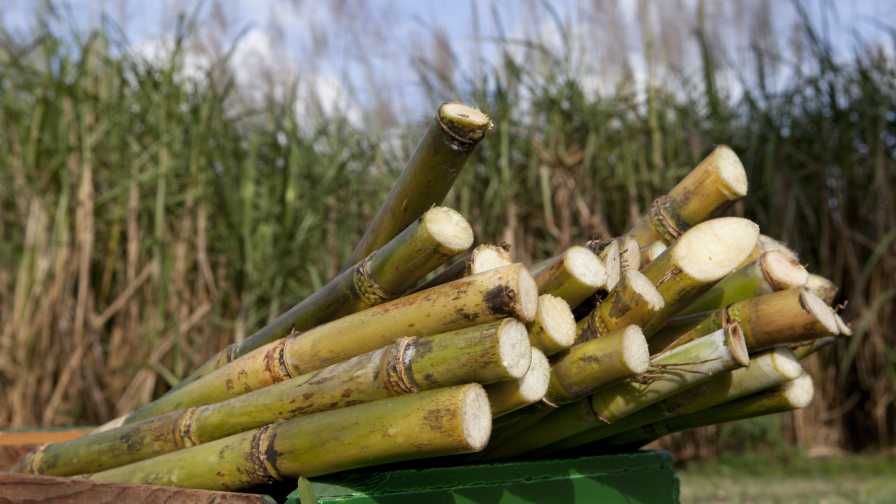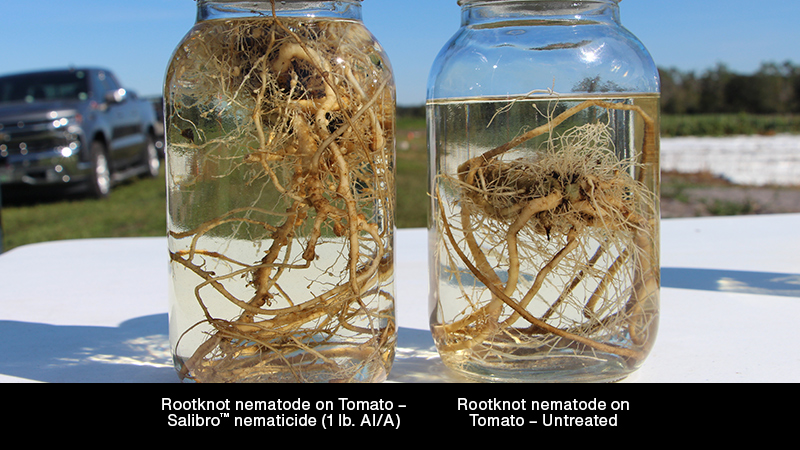Strength Of Sugar Fuels South Florida Economy [Opinion]

Photo by Tyler Jones, UF/IFAS
Florida’s sugarcane industry kicked off its 2016-2017 harvest campaign in October and expect to finish in late April 2017. According to the USDA official world sugar outlook report, Florida is expected to produce 2.1 million tons of raw sugar — just slightly below last year’s record production of 2.15 million tons.
Last year’s harvest season was quite challenging. It was the longest season in Sugar Cane Growers Cooperative’s 50-plus year history, marked with the most downtime due to the winter El Niño rains. In January, fronts moved through South Florida one after another with the big one shutting down operations that usually run 24/7 industrywide for more than a week. Some fields received as much as 12 inches of rain during that period causing widespread flooding and devastation to winter vegetable crops grown in rotation with sugarcane. Data from the South Florida Water Management District showed South Florida received 400% above average rainfall for the month. The entire dry season — December through May — was the wettest since records were kept going back to 1932.
However, through the industry’s investments in innovation, technology, and the hard work of the growers and all our employees, the season was a success. Florida’s sugar industry spans more than 419,000 acres where more than 18.7 million tons of sugarcane was harvested and processed into 2.15 million tons of raw sugar — surpassing Florida’s previous record production that occurred in 2002-2003. Florida also produced 111 million gallons of blackstrap molasses that is used as cattle feed. A byproduct of the sugarcane milling process is the fiber of the sugarcane stalk that is used as a fuel source at all the industry’s industrial facilities.
Florida’s sugar industry employs more than 14,000 people and has an annual income of more than $800 million with a total direct and indirect economic impact of greater than $3 billion. It consists of four raw sugar processing facilities, two sugar refineries, and operates North America’s largest renewable energy plant. One in every five teaspoons of sugar consumed is produced in South Florida making Florida the top sugar producing state in the nation.
In addition to the economic value sugar growers provide to the state, they play an integral role in improving water quality for the Everglades. The on-farm agricultural best management practices (BMP) program implemented works in concert with the state’s water quality infrastructure — artificial marshes called Stormwater Treatment Areas (STAs) — to remove phosphorus before it reaches the Everglades Protection Area. Over the 20 year history of this robust program, farmers have prevented more than 3,000 metric tons of phosphorus from entering the Everglades or a 55% long term reduction in phosphorus loadings.
Farmers also have contributed more than $200 million toward the construction and operation of the STAs by paying the $25 per acre Agricultural Privilege Tax. This special tax has been extended by the Legislature through 2025 while the final stages of water quality projects are being built under the state’s Everglades Restoration Strategies program.
Everglades Agricultural Area (EAA) farmers have been staunch supporters of the state’s Everglades restoration initiatives and supported the dedicated funding of Legacy Florida that earmarks $200 million per year from the Land and Legacy Trust Fund for Everglades and Lake Okeechobee projects.
Governor Scott has laid out a $5 billion, 20-year plan to improve the quantity, quality, distribution, and timing of water flow in South Florida. This methodical highly sequenced program will protect the coastal estuaries, improve water quality in Lake Okeechobee, improve flows through Taylor Slough to Florida Bay, and restore the Everglades by providing more clean water.
EAA farmers are proud to be an important part of Florida’s vibrant economy by providing safe, affordable, locally grown food while practicing active environmental stewardship.










